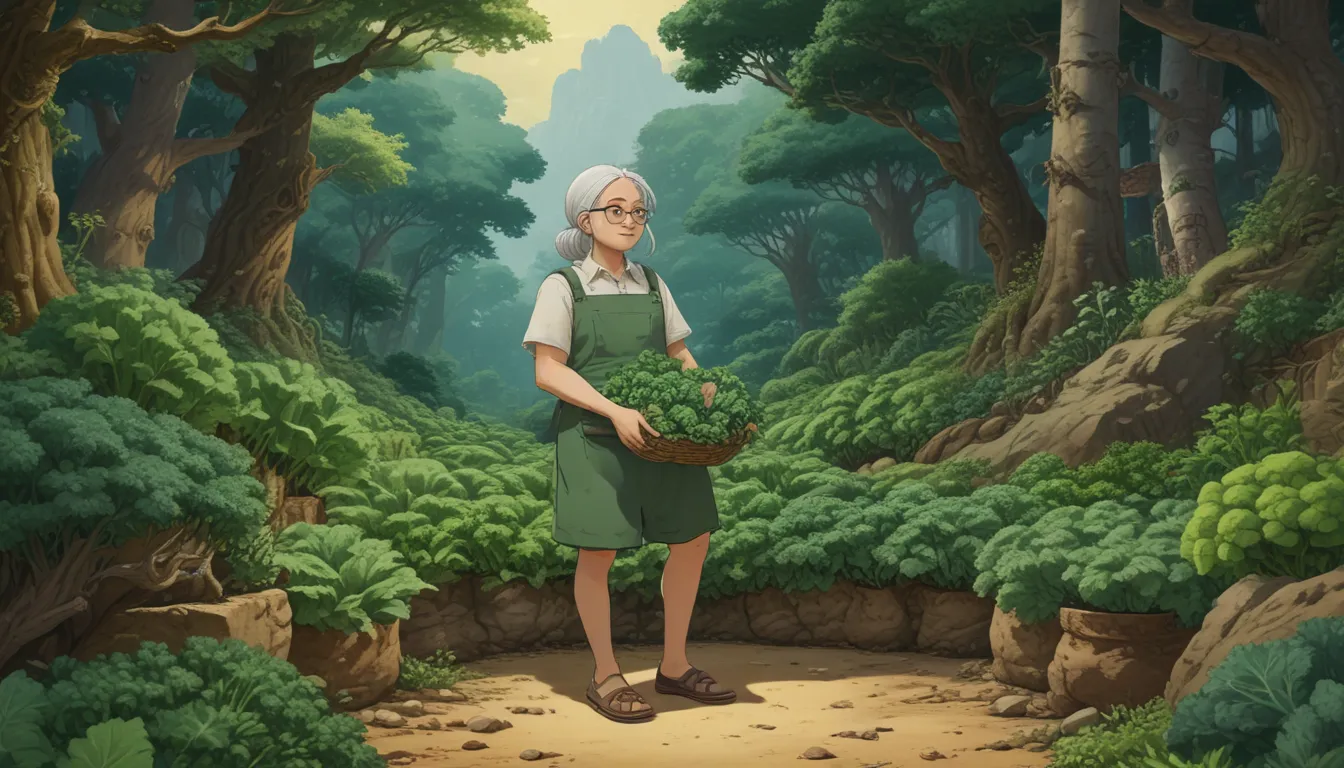Understanding the Life Cycle of Kale

Are you wondering whether kale, that beloved cruciferous vegetable, is an annual or a perennial? The answer to this question can impact how you care for and grow this nutritious green in your garden. In this comprehensive guide, we will delve into the world of kale to provide you with valuable information to answer all your questions about this versatile plant.
Let’s start by exploring the intricacies of kale’s life cycle and understanding the different varieties that you may encounter in your gardening adventures.
What You’ll Learn
- The Difference Between Annuals and Perennials
- The Two-Year Life Cycle of Biennial Plants
- Perennial Varieties of Kale
Annual vs. Perennial: Decoding the Kale Mystery
In the realm of gardening, knowing whether a plant is classified as an annual or a perennial is crucial. Annual plants need to be replanted each year, while perennials continue to grow year after year. However, kale doesn’t neatly fit into either of these categories. Instead, it belongs to a group known as biennials.
Biennial plants like kale complete their life cycle over two years, with each year bringing forth different stages of growth and development. In the first year, biennial kale focuses on leaf production, thriving in optimal growing conditions and producing lush foliage.
In USDA Hardiness Zones 7 to 10, biennial kale can continue to yield edible leaves throughout the winter months. In colder zones, the plants may go dormant during winter, with the root systems remaining alive to sprout new growth when the conditions become more favorable.
Unveiling the Perennial Kale Varieties
While most kale varieties you encounter will belong to the biennial category, there are some perennial cultivars that add an exotic touch to your garden. Let’s explore a few of these perennial kale varieties:
Daubenton (B. oleracea var. ramosa)
Named after a French naturalist, ‘Daubenton’ is a short-lived perennial kale variety that does not produce seeds and is instead propagated through cuttings. This cultivated variety can live for five to six years in USDA Hardiness Zones 6 to 9, withstanding temperatures down to 10°F.
The leaves of ‘Daubenton’ kale are mild and nutty in flavor, making them less bitter compared to their biennial counterparts. To keep this variety thriving in your garden, propagate it from root cuttings as the plant nears the end of its life cycle.
Walking Stick (B. oleracea var. longata)
Also known as Jersey cabbage or tree cabbage, ‘Walking Stick’ kale originates from the Channel Islands and boasts long, sturdy stalks that were traditionally repurposed into walking sticks. This perennial kale thrives in USDA Zones 6 to 9 and can withstand temperatures as low as 10°F.
With proper care and harvesting techniques, ‘Walking Stick’ kale can grow tall, reaching heights of up to 20 feet under favorable conditions. The leaves are used for culinary purposes, imparting a sweet and nutty flavor to dishes when cooked.
Sea Kale (Crambe maritima)
A unique member of the Brassicaceae family, Sea Kale is a distant relative of kale that grows wild along Northern European coastlines. Hardy in Zones 6 to 9, this perennial plant flourishes in sandy soils, making it an ideal choice for coastal regions.
When blanched during growth, the young shoots and leaves of Sea Kale develop a pleasant nutty flavor when cooked. Although germination rates from seeds may be low, this plant offers an exciting option for perennial vegetable gardeners looking to expand their culinary repertoire.
The Verdict: A Kale Tale of Two Worlds
Now that you have unraveled the mystery surrounding kale’s life cycle and different varieties, you can confidently navigate the world of this versatile vegetable. Whether you opt for a biennial variety to enjoy tender leaves in the first year or experiment with perennial cultivars to add a unique touch to your garden, kale offers a bounty of options for enthusiastic gardeners.
Are you intrigued by the idea of growing perennial kale varieties in your garden, or will you stick to the traditional biennials? Share your thoughts with us in the comments below and continue your kale journey by exploring our other informative articles:
- How to Grow and Care for Ornamental Flowering Kale
- What Month Should You Sow Kale?
- The Best Companion Plants to Grow with Kale
- Kale Spacing: How Far Apart to Plant for the Best Harvest
As you embark on your kale-growing adventure, remember to embrace the diversity and resilience of this remarkable vegetable, whether you opt for traditional varieties or exotic perennial cultivars.
In conclusion, understanding the nuances of kale’s life cycle and exploring the diverse range of perennial varieties can enhance your gardening experience and expand your culinary horizons. With this comprehensive guide, you are equipped to make informed choices about growing kale in your garden, whether you prefer biennial varieties for their tender leaves or perennial cultivars for their unique flavors and characteristics.
Dive into the world of kale with confidence and curiosity, and discover the joys of cultivating this nutritious and versatile vegetable in your own backyard. Happy gardening!





